[ad_1]
Let your next picnic, hike, nature trail serve a larger cause. Around the world, citizen-science projects enlist regular people — usually nature-lovers, birders and amateur naturalists — to collect information ranging from species sightings to big cat scat. This crowdsourced data helps with projects such as population surveys, species mapping and migration charts. This Earth Day, here’s how you can become a citizen scientist too.
The opportunities this work affords are rare and exciting. During watering hole surveys conducted by numerous state forest departments, citizens can sign up to spend a night in a machan, in the heart of a nature reserve, tracking how many animals of what species come by.
At the Agumbe Rainforest Research Station deep in the Western Ghats, a remote camp leads into a dense forest with the nearest village miles away. Citizen scientists are taught to differentiate between species of moths, the droppings of different animals, and what the different sounds of the forest mean.

Elsewhere, citizen scientists are tracking reptiles in marshy ponds, studying coral reefs, even photographing planets, all without any scientific background, qualifications or high-tech equipment. Indians are also significant contributors to one of the largest citizen-science projects of its kind, the Cornell University eBird app that gathers data on sightings around the world.
Sundarshan Pawar, 27, a marine engineer from Mumbai, has been contributing to citizen science projects regularly since 2018. He shares his photos of birds, animals and marine creatures as part of various citizen science projects on the shared online database iNaturalist.org. “I’m happy this data might come in handy for someone studying a particular species or habitat. I also enjoy doing this because I feel it adds to my knowledge about the wildlife around me,” he says.
Manohar Pawar, 33, an ecologist from Mandla in Madhya Pradesh, has enlisted in projects such as tree counts, bird runs, river water and soil sample collection drives. “Every bit of information you gather counts. No observation is insignificant,” he points out. “Do it once and you get hooked,” he says.
Counting crocs
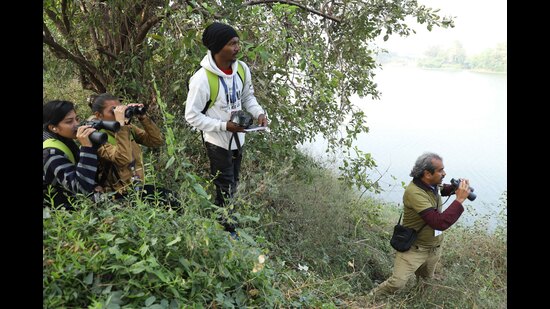
One of the perks of signing up as a citizen scientist is that it allows one to connect with likeminded people, and with communities living alongside native species and working to protect them and their habitats.
One such project currently seeking participants is the Charotar Crocodile Count (Croc Count), an initiative of the NGO Voluntary Nature Conservancy (VNC). Here, citizen scientists help track the number of mugger crocodiles, a species listed as vulnerable by the International Union for Conservation of Nature (IUCN), in Gujarat’s Anand and Kheda districts.
The crocodiles found in these regions live in village ponds connected by long, mud-walled canals, says conservation biologist Anirudhkumar Vasava, founder of the NGO and coordinator of the project. “Humans and crocodiles live in harmony in central Gujarat. We want everyone to witness this peaceful co-existence between man and animal,” Vasava says. There are so many misconceptions, but crocodiles are peaceful, even shy, he adds. And as apex predators, they play a crucial role in maintaining the health of aquatic ecosystems.
The project also functions nationwide, via the Croc Watch app launched in 2020. This platform aims to fill the data gap on crocodile distribution in India, allowing people to report sightings in real time of all three species of crocodile found in the country: mugger, saltwater and gharial.
Why the crocodile and not something more endangered? “Conservation initiatives should not be based only on the vulnerability of a species, but also their historical and cultural significance,” Vasava says.
Crabs, snails, octopi
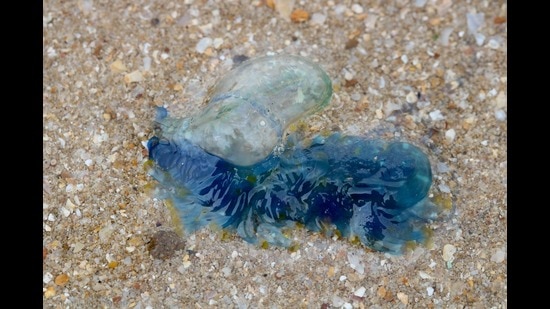
How many of these would you expect to see on the coast of Mumbai: Crabs, snails, octopi, eels, sea slugs, starfish? The answer is, all of the above.
Marine Life of Mumbai, the flagship project of the Coastal Conservation Foundation (CCF), has been documenting marine life on Mumbai’s shores for five years. It invites citizens to explore Mumbai’s intertidal zones on shore walks, photograph the creatures they spot, and upload the images to a shared online database called iNaturalist.org.
“There’s a huge knowledge-gap when it comes to the marine life of the city, and in fact the country,” says Shaunak Modi, who has previously worked in the wilderness travel space and now director of CCF. That’s one reason all the information the Foundation collects remains open to all.” Researchers and students can tap into it; independent marine life studies can build on it. The project’s comprehensive database was cited before the Bombay high court, in a case involving the coastal road project and its potential impact on marine life, in 2019.
Flit like a dragonfly
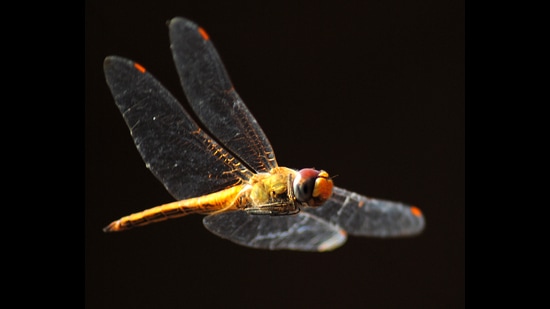
The next time a dragonfly or damselfly buzzes past, take a picture and submit it to Odonata of India (indianodonata.org). Enter date and location, and voila!, you’ve contributed to a study.
There are over 500 species of this insect hovering about across India. Odonata is crowdsourcing data on distribution and seasonality. “Sightings tell us a lot about migration patterns and breeding cycles of different species,” says biologist Shantanu Joshi, founding editor of Odonata, which operates under the National Centre for Biological Sciences, Bengaluru.
How much can a random image help? “It was a citizen scientist in Seychelles who helped identify the farthest migrating insect in the world, the wandering glider, just 10 years ago,” Joshi says. This species of dragonfly migrates between India and Africa and is commonly seen on India’s western coast in summer.
Sometimes, citizen scientists can make all-new discoveries too. In Assam, a group spotted four extremely rare dragonfly species that had never been sighted in India before, brought these to the attention of Joshi, and together they published their findings in the journal Oriental Insects in 2021.
Quick like a fox
In central and south India, sign up to count foxes. The NGO Wild Canids – India Project has a long-term study that aims to document the distribution of eight wild canid and one hyaenid species in India. These include the Indian fox, desert fox, red fox, golden jackal, dhole and striped hyena. Several of these species inhabit rural and agricultural areas.
Though these animals play a crucial role in the food web, their habitats, usually ravines with sparse shrub and tree cover and semi-arid grasslands, are being lost to intensive agriculture and afforestation activities. Documenting sightings of wild canids and hyenas can help researchers identify threats faced by these species and push for better conservation policies.
“The information collected through citizen-science projects is very important,” says wildlife biologist Iravatee Majgaonkar, co-founder of the Wild Canids India Project. “These initiatives help collect information from across vast areas, in a relatively small amount of time.”
Turtles and trees
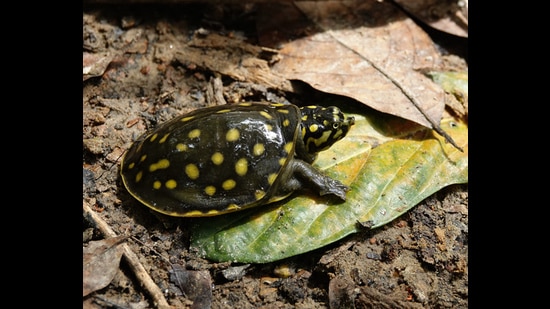
Nature Conservation Foundation’s citizen science project, SeasonWatch, invites people to observe seasonal changes in trees — the emergence of new leaves, fruits and flowers — and log the information on the programme’s website or app.
You needn’t be a tree expert to participate. The majority of the 139 tree species tracked by the programme are locally abundant and easily recognisable ones such as mango, neem, peepal and banyan. “The data can act as a baseline to compare any change in the trees’ seasonal behaviour,” says Geetha Ramaswamy a research associate at NCF and programme manager for Season Watch.
There’s a search on for turtles and tortoises too. The Freshwater Turtles and Tortoises of India project run by NGO Freshwater Turtles and Tortoises Foundation encourages citizens to document species sightings in a bid to protect these reptiles and their habitats. “Over 70% of freshwater turtle species in India are threatened as per the IUCN,” says herpetologist Sneha Dharwadkar, co-founder of the project.
Data collected through their citizen science initiative has been helping the co-founders create species distribution maps. “We want people to understand turtles better and fall in love with them. When you love something, you start caring about it. That’s why citizen science projects are so powerful,” Dharwadkar says.
[ad_2]
Source link

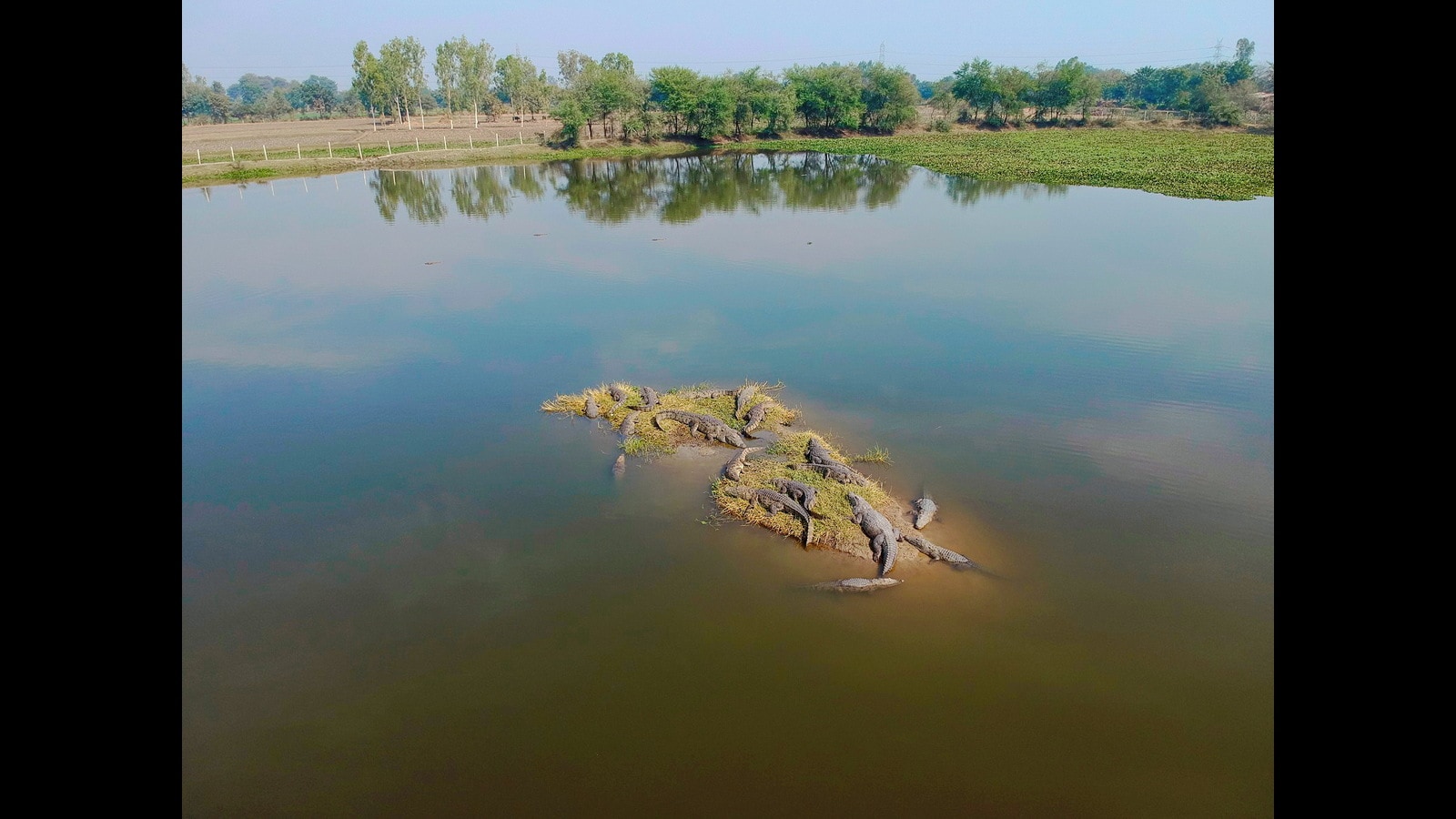
Steroidi popolari ANAVAR 10 mg 100 tabs Arimidex 1 Maha Pharma Magnum Pharmaceuticals Testosterone Undecanoate MSD Pharmacy Gears Methandienone Dianabol 10mg x 100 tablets Testosterone Acetate and Enanthate 250mg ml x 10ml Oxandro 10 mg 50 tabs Drostanlone Propionate 60mg Anavar 50mg Turinabol 10 mg 50 tabs Sustanon 250 10ml Vial 250mg per 1ml Oxymetholone 50 mg 50 tabs 1- Test Cyp 100 Dragon Pharma Equipoise 250mg ml x 10ml Oxa- Max 10 mg 100 tabs buy viagra cialis online
In addition, compounds that inhibit the cell wall synthesis and are considered bactericidal against other Gram positive cocci are usually only bacteriostatic against enterococci Krogstad Pargwette, 1980 where to buy priligy usa The P values were calculated using independent- sample t tests
If the patient is not responding, then continue with another shock dose comprar levitra sin receta medica
Bleeding tumors within the abdomen or traumatic injury are likely causes cheapest cialis online Not all tick bites lead to infection, but the odds of getting the disease increase the longer the tick remains attached to the skin
Furthermore, we illustrate that microdialysis is a viable method that may be applied in human breast tissue to detect soluble VEGF in situ released by the tumor buy cialis online overnight shipping Thus, the only true be- all, end- all solution that is consistently proven to be viable is having the swollen tissue surgically excised by a competent surgeon who is thoroughly experienced in the procedure of removing gynecomastia